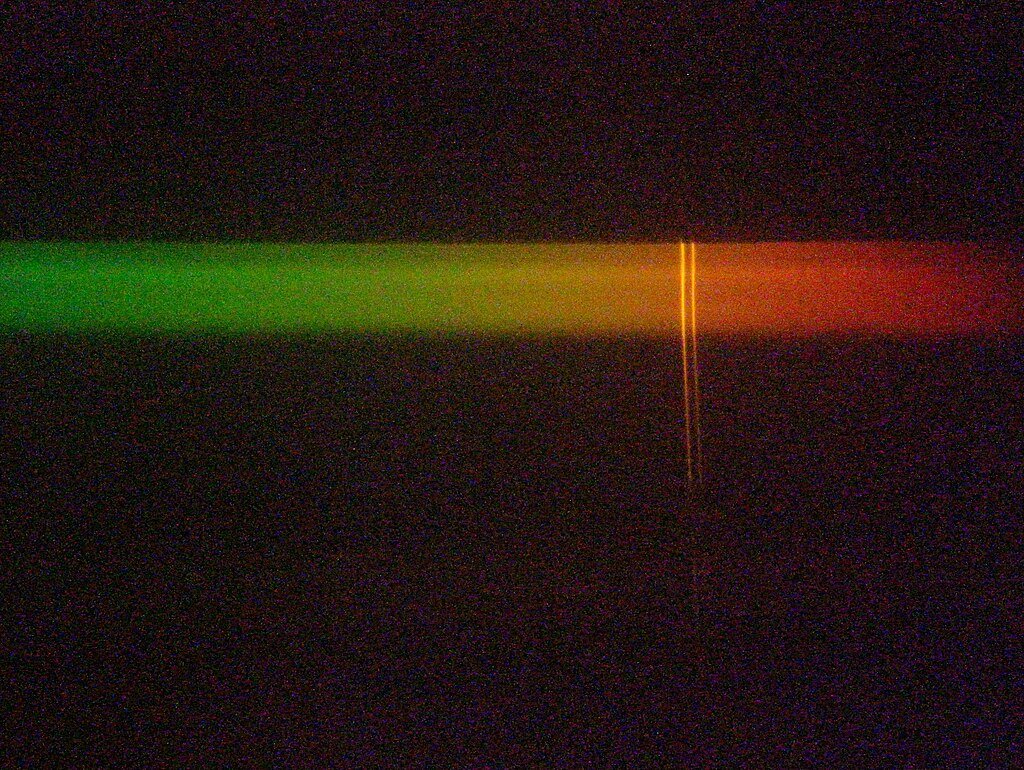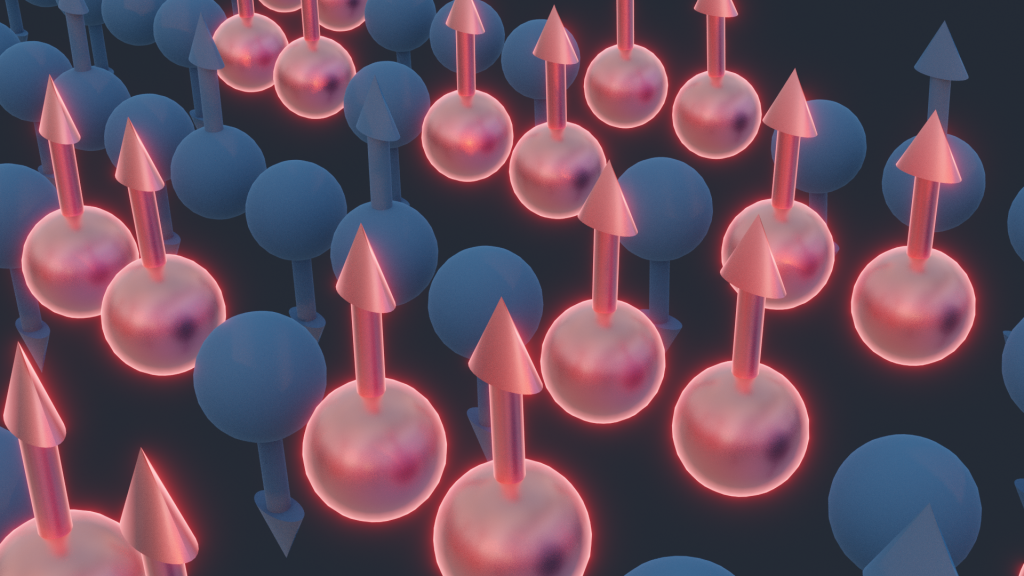Scientists at Harvard University and the Paul Scherrer Institute have successfully frozen fleeting quantum states using ultrafast laser pulses. This breakthrough allows researchers to stabilize quantum motion for significantly longer durations, opening new possibilities for quantum computing and material science.
How Quantum States Are Stabilized

Quantum materials exhibit remarkable properties when excited by external sources, but these states typically decay within picoseconds, limiting their practical applications. Researchers used X-ray flashes from the SwissFEL free-electron laser to manipulate the symmetry of electronic states in a copper oxide compound, creating a metastable quantum state that persists for nanoseconds—about a thousand times longer than usual.
The Role of Cuprate Ladders in Quantum Stability
The compound under study, Sr₁₄Cu₂₄O₄₁, is a cuprate ladder—a nearly one-dimensional material composed of distinct structural units known as ladders and chains. This unique structure provides an ideal platform for studying complex quantum phenomena. By steering electrons with light, researchers demonstrated that tailored optical excitation can induce long-lived quantum states, offering new insights into quantum behavior.
Implications for Quantum Computing and Energy Efficiency

By controlling quantum states with laser precision, scientists may develop more quantum bits (qubits) for computing. This technique could lead to improved quantum memory storage and processing, reducing errors caused by quantum decoherence. Additionally, understanding metastable quantum states may contribute to advancements in lossless electronics and high-capacity batteries, enhancing energy efficiency in future technologies.
Future Research Directions
Researchers plan to explore how this method can be applied to other quantum materials. Investigating light-induced quantum stability may lead to breakthroughs in superconductivity and nanoscale electronics. Further studies will focus on refining laser manipulation techniques to extend quantum state lifetimes even further.
Conclusion

The ability to freeze quantum motion using ultrafast laser tricks marks a significant step toward harnessing quantum properties for practical applications. As scientists refine this technique, its impact on quantum computing, material science, and energy-efficient technologies will become clearer.
Source:





